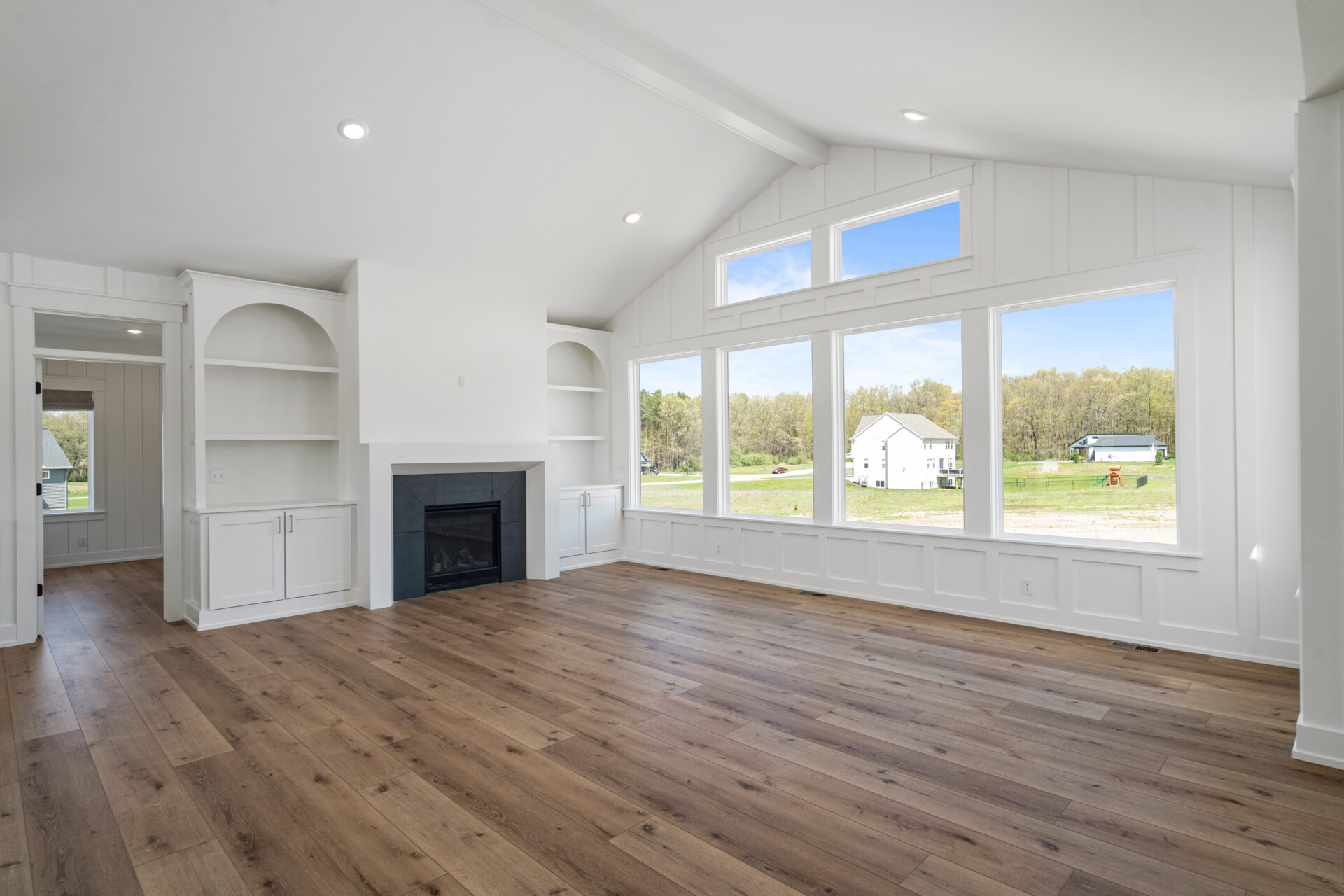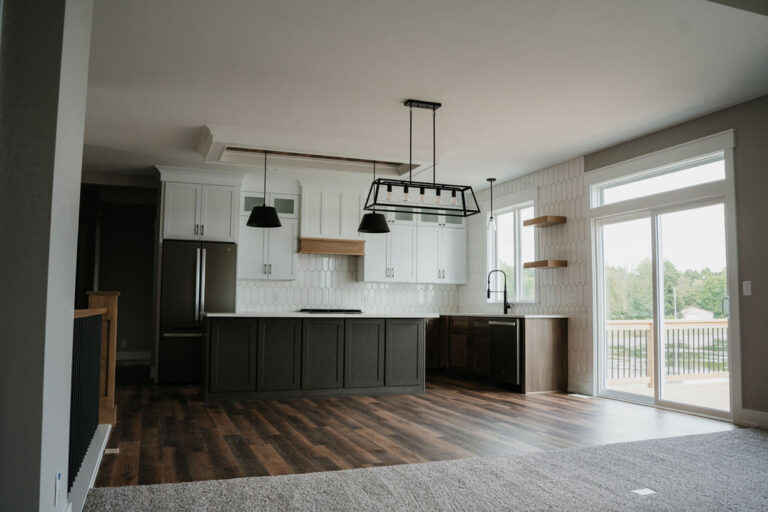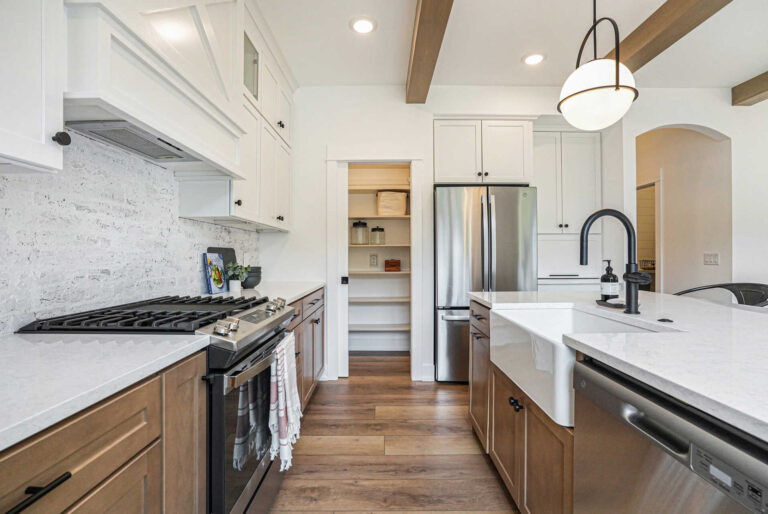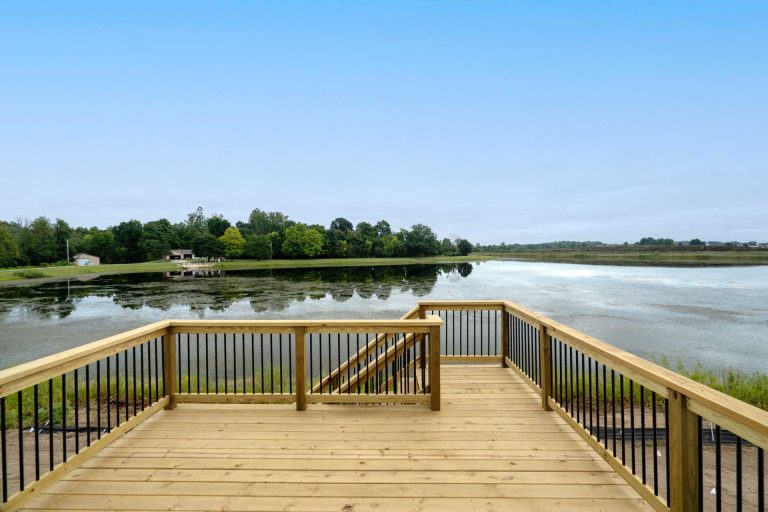Share
Beyond Cost Per Square Foot: Why Buyers Should Consider More Than Just Price in a New Home Project
In the world of residential construction, the cost per square foot is often used as a benchmark for comparing the affordability of different homes. While it’s tempting to focus solely on this metric when evaluating potential new home projects, buyers should be wary of its limitations. Here’s why looking beyond the cost per square foot is crucial for making informed decisions about your dream home:
1. Quality and Craftsmanship:
The cost per square foot does not account for variations in quality and craftsmanship. A lower cost per square foot may indicate a cheaper build with inferior materials and workmanship, while a higher cost per square foot may reflect a higher standard of quality. Buyers should prioritize the overall quality of construction, including the use of durable materials and skilled craftsmanship, over simply chasing a lower price per square foot.
2. Customization and Upgrades:
Every buyer has unique preferences and priorities when it comes to their dream home. The cost per square foot fails to consider the potential for customization and upgrades that can significantly enhance the value and functionality of a home. Buyers should focus on the flexibility and customization options offered by the builder, rather than solely fixating on the cost per square foot.
3. Energy Efficiency and Sustainability:
In today’s environmentally conscious world, energy efficiency and sustainability are increasingly important considerations for homeowners. The cost per square foot does not account for investments in energy-efficient features such as insulation, windows, and HVAC systems, which can lead to long-term cost savings and environmental benefits. Buyers should look for builders who prioritize sustainability and offer energy-efficient options, regardless of their impact on the cost per square foot.
4. Location and Amenities:
The cost per square foot fails to account for location and amenities, which can significantly impact the overall value and desirability of a home. Factors such as proximity to schools, parks, shopping centers, and public transportation can greatly enhance the quality of life for homeowners. Buyers should consider the overall livability and convenience of the location, rather than solely focusing on the cost per square foot.
5. Long-Term Value and Appreciation:
While the cost per square foot may influence the initial purchase price of a home, it does not necessarily reflect its long-term value and appreciation potential. Factors such as market trends, neighborhood development, and future resale value can all impact the overall return on investment for homeowners. Buyers should take a holistic view of the potential long-term value of a home, rather than solely basing their decision on the cost per square foot.
Conclusion:
While the cost per square foot can provide a starting point for comparing the affordability of different homes, it should not be the sole factor in the decision-making process. Buyers should consider a range of factors, including quality and craftsmanship, customization options, energy efficiency, location and amenities, and long-term value, when evaluating potential new home projects. By taking a comprehensive approach to homebuying, buyers can find the perfect home that meets their needs, preferences, and budget, without being solely constrained by the cost per square foot.

(photo above is part of the Thompson plan)



